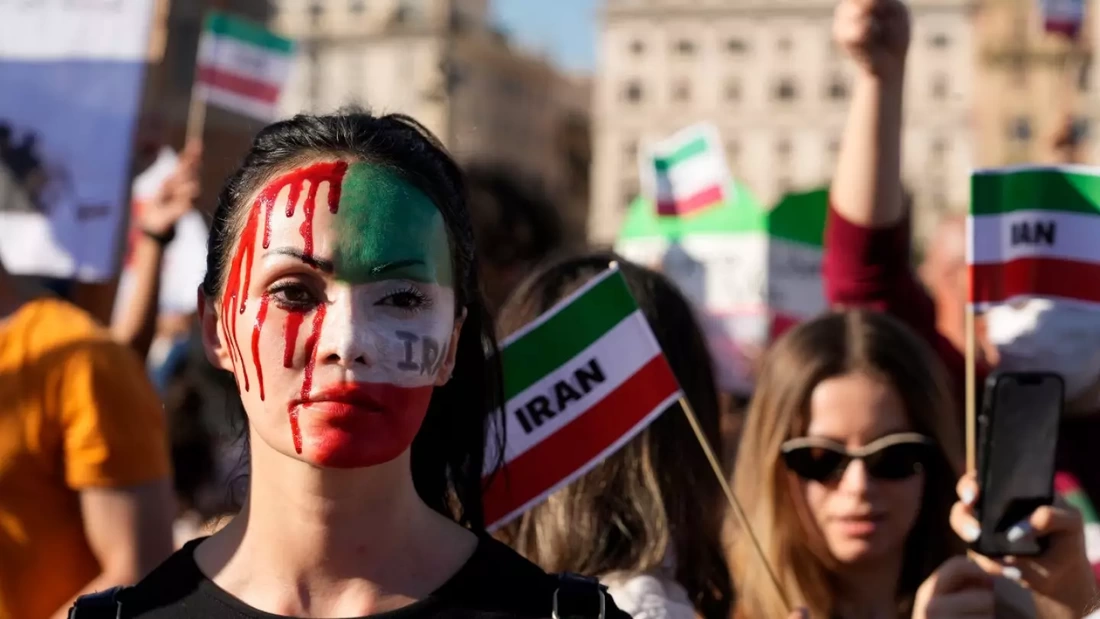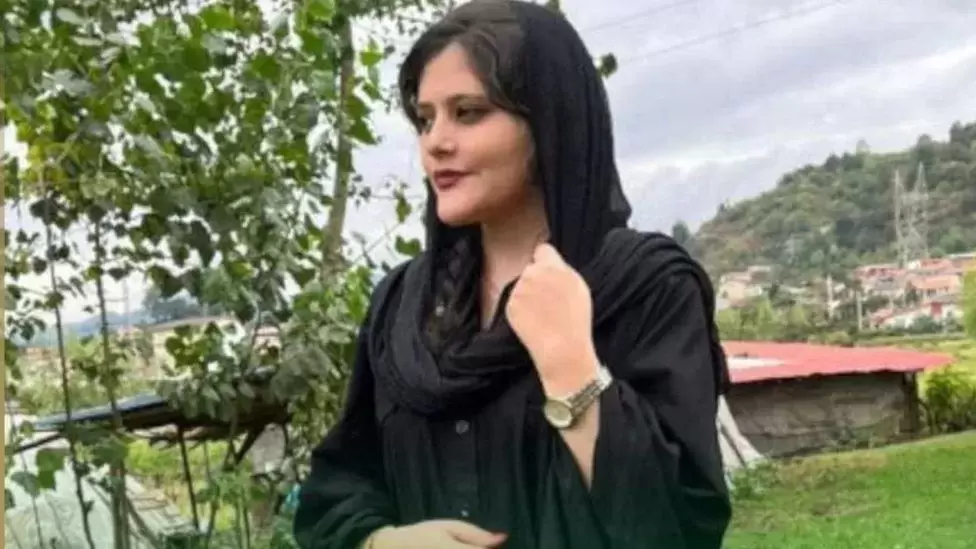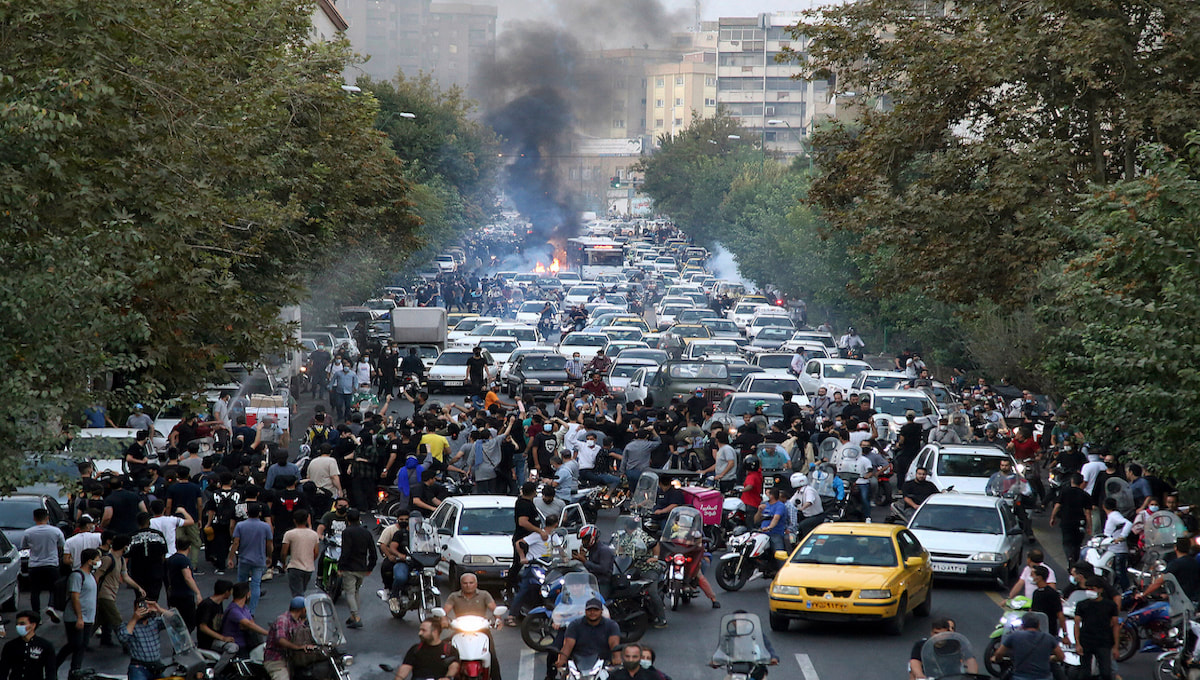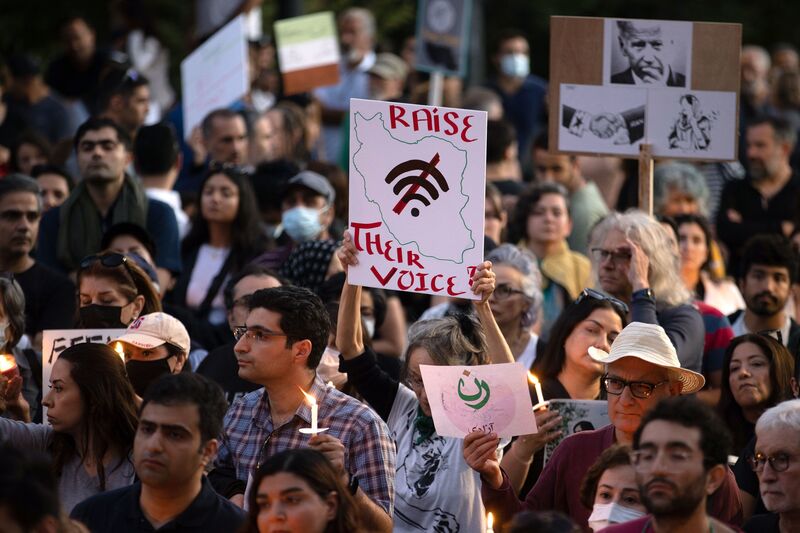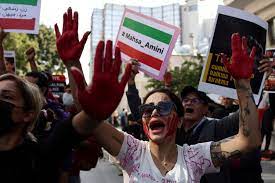"In recent months, Iran has been heavily struck, yet again, with protests combating strict rules set by the government."-- Maya MAstropasqua, 8th grade
On September 16th Mahsa Amini collapsed at a “re-education center” in Tehran, eventually leading to her passing.
Due to the suspicious circumstances surrounding her death, many believe her cause of death was not, as the Iran Security Forces claim, a heart attack. The Time article Iran Protests Over Mahsa Amini’s Death: What to Know reports that three days before her death on September 13th Amini was stopped and arrested for “violating the country’s law on headscarves.”
Iran has had hijab laws in place for close to 40 years. “Wearing hijab became obligatory for all Iranian women from April 1983,” according to The Conversation article, Hijab law in Iran over the decades: the continuing battle for reform. In later years, changes were made to the law, including adding criminal punishment to those violating the law. Tehran, the capital of Iran changed the law again in early 2018, declaring women who violated the Islamic Dress Code “no longer faced fines or imprisonment but rather had to attend Islam educational classes,” which is what happened to Amini.
Global Citizen article Tehran Police Won’t Arrest Women Who Violate Islamic Dress Code cites the Sharq newspaper quote by Tehran Police Chief, General Hossein Rahimi, “Those who do not observe the Islamic dress code will no longer be taken to detention centers, nor will judicial cases be filed against them.” This amendment also applies to men, if defying the dress code by wearing shorts or going shirtless.
The Time article goes on to explain why the statement issued by the Iran Security Forces of Amini suffering a heart attack at the detention center was so heavily doubted. Amini’s family has claimed that the police beat Amini in their patrol car on the way to the detention center and that witnesses saw it happen. Amini’s father, Amjad Amini has also said that he “wasn’t allowed to see her body in the hospital, but that he caught a glimpse of her foot and it was bruised.”
After Amini’s funeral, protests began in Kurdistan. They spread quickly to “as many as 80 cities.” AP News Article, Explainer: What Kept Iran Protests Going After First Spark? reports notable demonstrations made in support of the protests, such as women taking off their headscarves and “demonstratively twirling them in the air.” Videos can be seen online of women throwing their hijabs in a bonfire.
The BBC estimates 222 people have been killed in these demonstrations and protests. 16-year-old Nika Shakarimi fell victim to this brutality. Shakarimi went missing on September 20th, after “telling a friend police officers were chasing her.” The death certificate obtained by BBC states, “she died after ‘multiple injuries caused by blows with a hard object.’”
Unfortunately, this kind of violent pushback against protesters isn’t new. Following the Iranian government’s decision to increase gas prices by 50% in 2019, nationwide protests erupted. Protests that ended in “widespread torture and thousands of arrests” according to CNN.
Amnesty International, reports horrible accounts of the punishment received during these protests. One victim was reportedly waterboarded to torture them during their interrogation. “They would pour water slowly over the towel, which made me feel like I was suffocating,” they told Amnesty, “They also punched, kicked and flogged me on the soles of my feet with a cable.”
“The pain was excruciating,” said another victim who recounted his experience to Amnesty, where interrogators suspended him by his hands and feet. “There was so much pressure and pain in my body that I would urinate on myself…My family know that I was tortured, but they don’t know how I was tortured. I feel choked with tears because there is no one here I can speak to.”
Months after the death of Mahsa Amini, protests are still ongoing. They have spread nationwide, with people all over the world defending Iranian rights.
